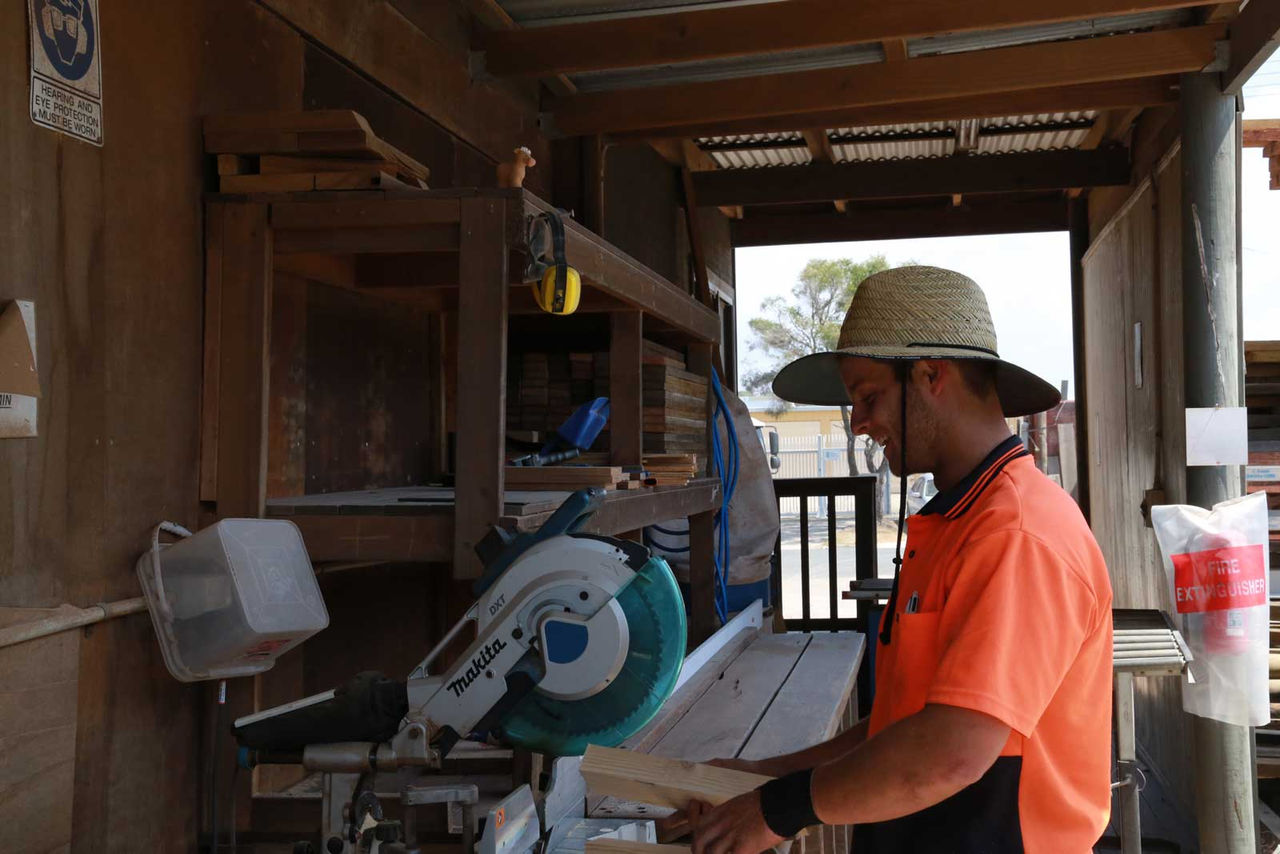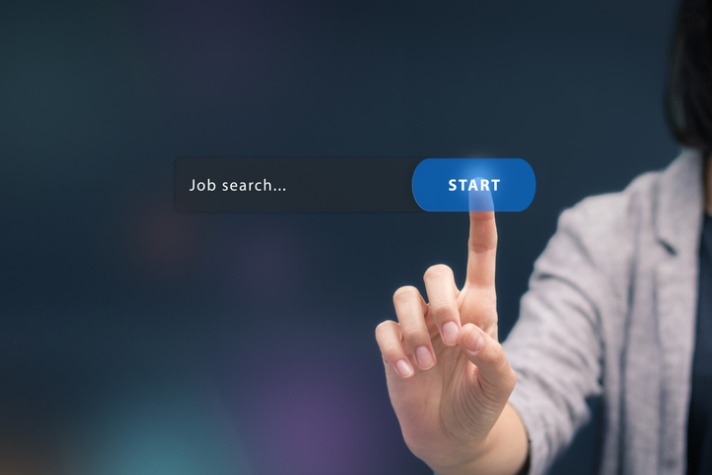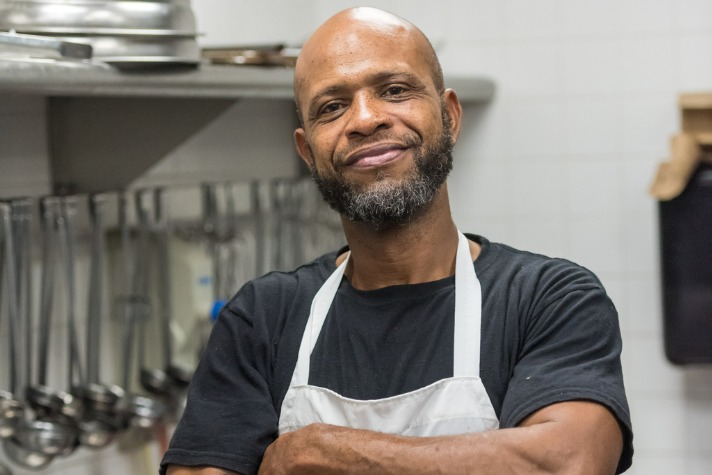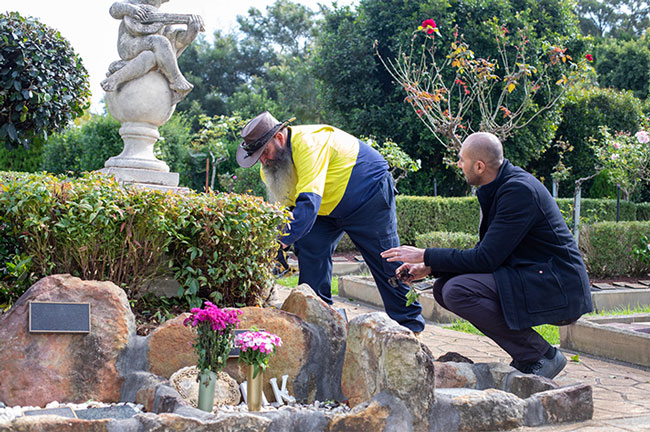How workplace conflict affects businesses
Published by MAXSolutions on October 23, 2022

If you have a job that requires you to work with people, then you probably will experience conflict from time to time.
An international study conducted by CPP Global[1] in 2008 surveyed 5,000 employees and found that although 85% of employees experience conflict at work to some degree, very few had received training in how to manage workplace conflict.
Of those few who did receive formal training in managing workplace conflict 95% of people said the training helped them in a practical way to better manage conflict at work.
It is difficult to quantify the costs of poorly managed conflict at work.
What is the cost of workplace conflict?
Much of the cost is hidden among absenteeism, turnover and time spent involved in conflict that could otherwise be spent productively. On average, across nations, employees spend 2.1 hours a week involved in conflict.
As many as 25% of employees involved in conflict have taken time off work as a result of the conflict or sickness resulting from the conflict. Eighteen percent of people have left the organisation due to conflict and 9% reported their projects failed as a result of conflict[1]
All this makes it sound as though conflict is inherently bad and to be avoided if possible.
However, many studies show that conflict which is managed effectively can enhance the productivity and profitability of any organisation.[2]
Diversity of views, backgrounds and goals certainly engenders disagreement, but if that disagreement is managed respectfully and proactively the diverse team will outperform a homogenous team that doesn’t have any conflict.[3][4]
If your role at work requires you to manage conflict, getting some training is likely to be helpful.
Conflict researcher, McCarthy[5] suggests the following perspective which is helpful to anyone involved in conflict at work:
“It's not you against me, it's you and me against the problem.
The problem is the problem. Most people--and nations--go into battle convinced, I'm right, you're wrong; I'm good, you're evil; I'm wise, you're foolish; I'm going to win, you're going to lose.
Even if one side does win, the first reaction of the loser is, I want a rematch: I'll come back with meaner words, harder fists and bigger bombs.
Then you'll learn, then you'll be good and then we'll have peace forever.
“This is an illusion, but few can give it up. By focusing on the problem, and not the person with the problem, a climate of cooperation, not competition, is enhanced.”
For many people shifting to this perspective can be difficult, and you may need some help. Moreover, many people find that their workplace conflict has become so severe that their health and homelife are impacted.
Contacting your EAP can help. Call 1800 629 277 in Australia; 0800 327 669 in New Zealand or email support@maxsolutions.com.au
References
[1] CPP GLOBAL HUMAN CAPITAL REPORT
[2] CCI Academy
[3] Global Diversity and Inclusion Fostering Innovation Through a Diverse Workforce; Forbes Insight
[4] Meinert, D. (2017). Why workplace conflict can be healthy: Positive conflict can spark innovation and creativity. HRNews
[5] McCarthy, C. (2000, Dec 31). Peaceful conflict resolution is teachable: Nine steps provide the key to resolving disputes peacefully. Fellowship, 66, 18.
Share
Tags
Found this useful?
Help and advice
Our blogs are about helping people seek the information that they need for their steps in the workforce.








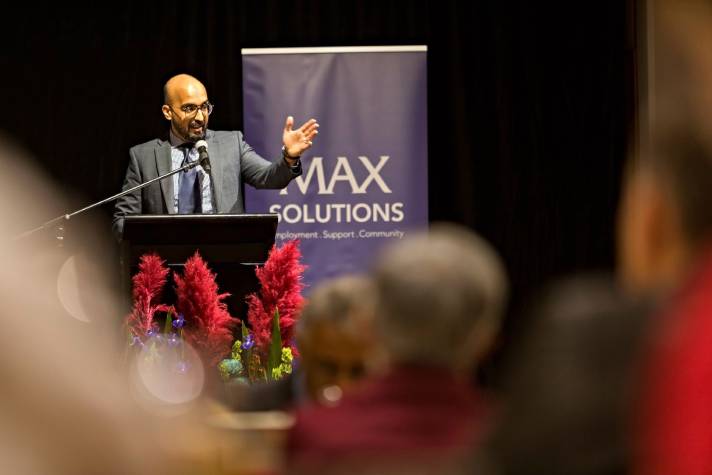
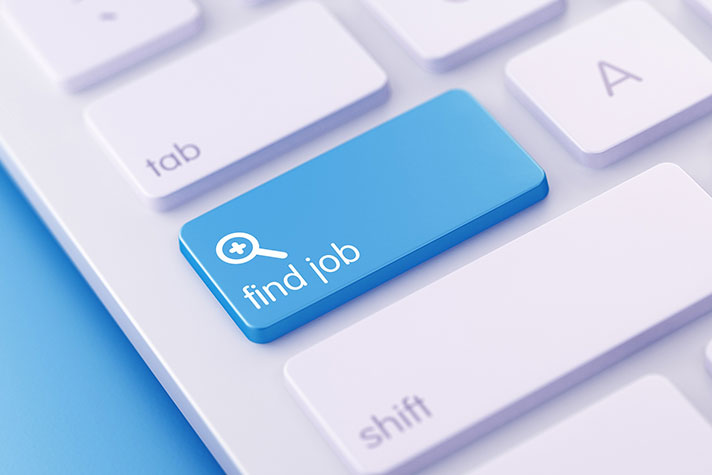




_1.jpg)


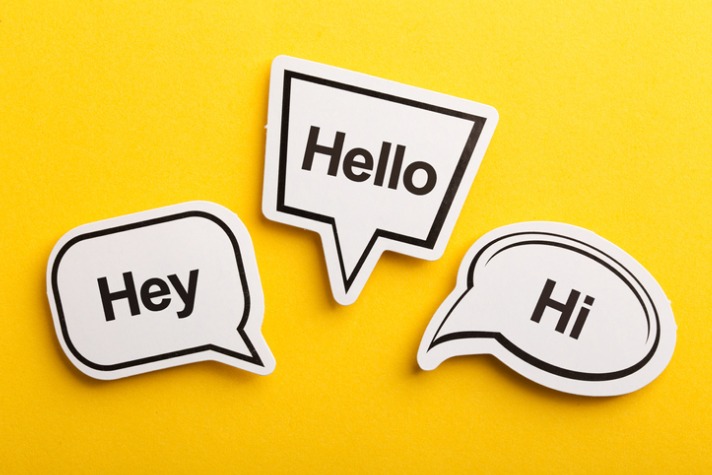

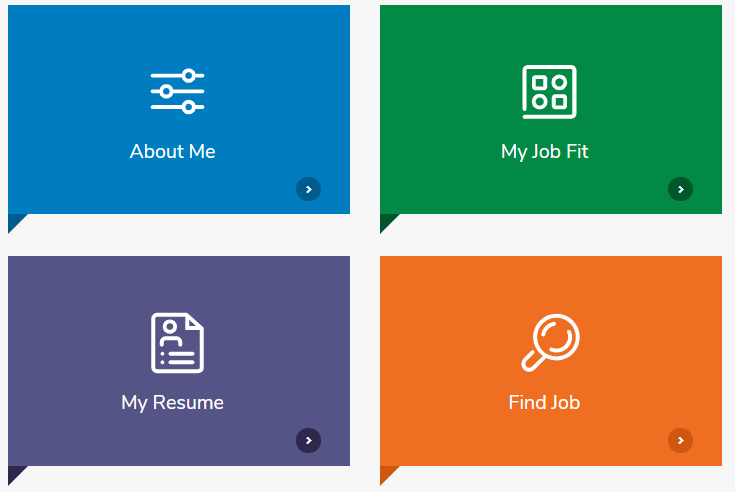

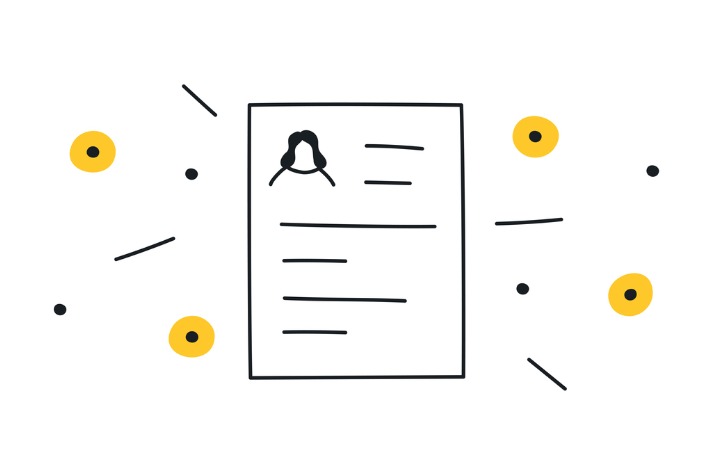

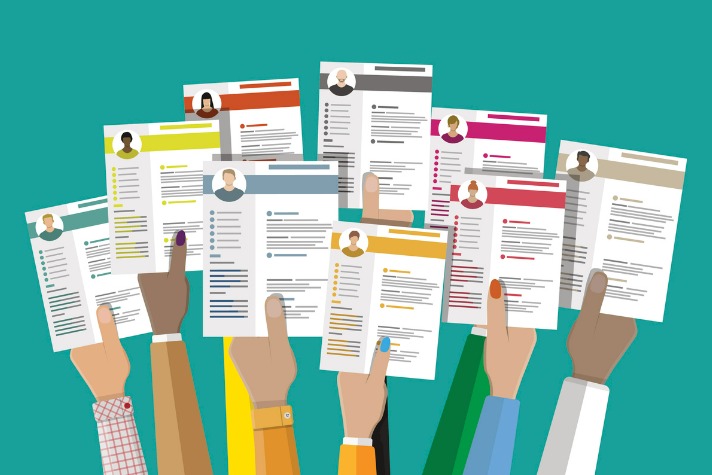






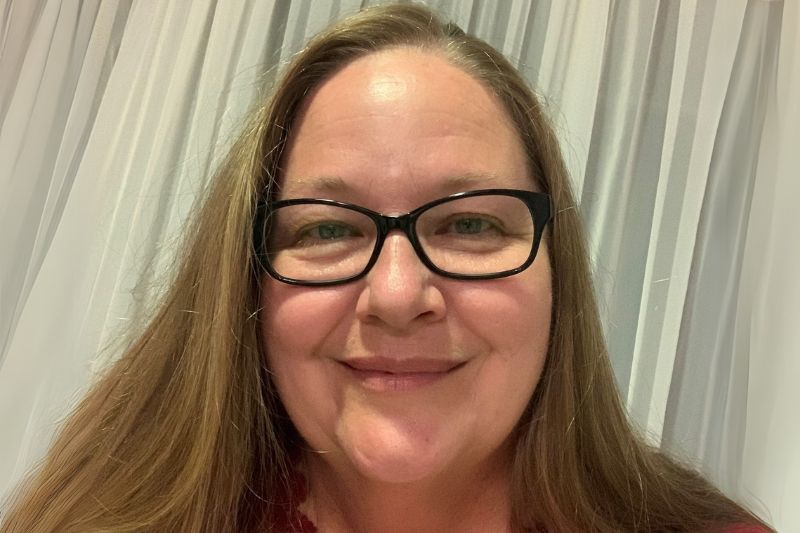













.jpeg)
